The exhaust tips are one of the most overlooked areas of a car when it comes to detailing and making it look brand new again. Nothing spoils the look of a freshly polished and waxed car, quite look ugly, rusty looking exhaust tips.
In this article, I’ll take you through exactly how you can clean and restore your car’s exhaust tips back to a mirror shine. And I’ll explain how you can protect them in the future. So let’s get started.
The Quick Answer
You can clean and restore your exhaust tips from rusty and grey to silver and shiny by following these steps.
- Clean the exhaust tips using a soft brush and car shampoo
- Use an iron fallout remover to remove iron contamination
- Remove tar and stubborn grit using a clay bar
- Use wire wool to remove rust and other bonded contaminants
- Polish the metal back to a shine using metal polisher
These steps work for both chrome and stainless steel. Now let’s go through each stage in some more detail.
If you want a more visual explanation, then check out this video on my YouTube channel.
Clean the Exhaust Tips
The first thing you need to do, is thoroughly clean the exhaust tips. I like to use a soft bristle brush and car shampoo to give them a good scrub and get rid of as much dirt as possible before proceeding with the restoration steps.
Once I’ve scrubbed the exhaust tips, I then rinse them down, and give them a wipe with an old microfiber towel.
You want to continue the process of scrubbing, rinsing and drying until there is no transfer onto the microfiber towel of dirt or grime.
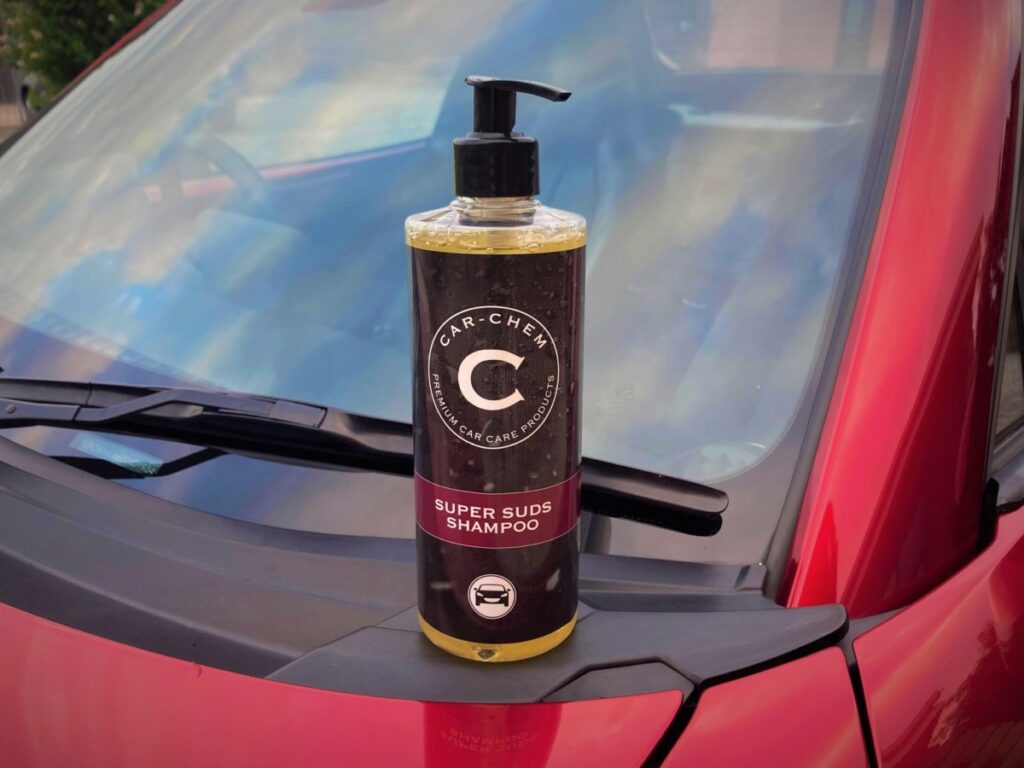
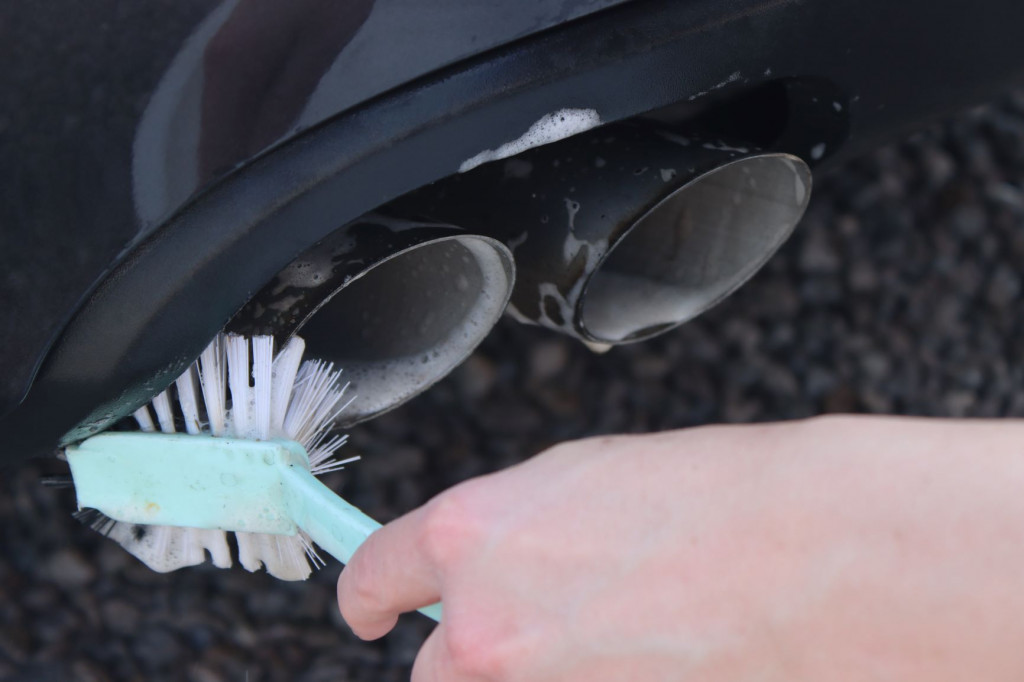
Decontaminate Using Iron Remover and Tar Remover
It’s also important to decontaminate the exhaust tips. Due to their location, they are frequently subjected to iron fallout from the brake disks and tar splatter from the road. These tar and iron deposits can bind to the chrome causing it to feel rough and look rusty.
You can remove this using iron fallout removers and tar removers.
Iron fallout removers are also known as “bleeding iron removers” because they turn purple/ red when they react with iron particles.
Spray the chemical on, leave it to dwell according to the manufacturer’s instructions, give it a scrub with a microfiber cloth, then throughout rinse the product.
The iron remover I use is called Korrosol by Bilt Hamber. The tar remover I like to use is Autoglanz Spar Tar.

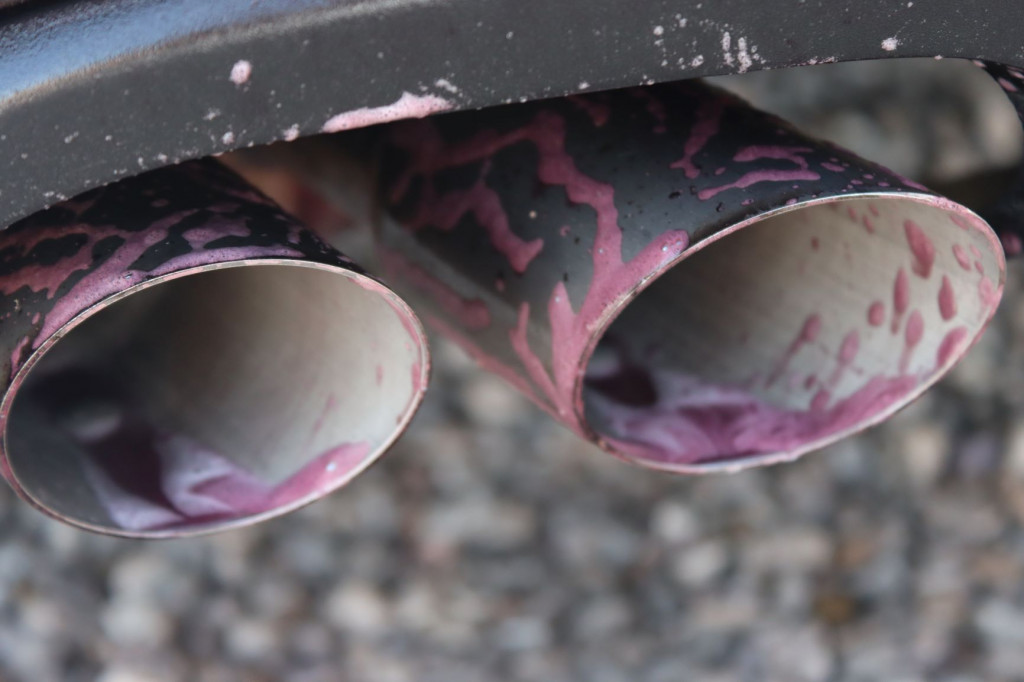
Use a Clay Bar
Next, you can use a clay bar to smooth the surface ready for polishing and restoring. This ensures the exhaust tips are squeaky clean.
Clay bars work by removing bonded contaminants to the surface which cannot be removed by normal washing. The most common contaminants found on exhaust tips are road tar and stubborn rust. Using a clay bar can dislodge these contaminants leaving a clean surface behind.
Wet the exhaust tips and coat them in dish washing soap and give them a spray with iron remover. Then glide the clay bar across the surface to remove these bonded contaminants. You don’t have to press aggressively, clay bars will remove contamination when used quite lightly, you just have to be persistent.
I use a Bilt Hamber’s Soft Clay.
Once you’ve removed as much contamination as possible, you can give the exhaust tips a rinse down and then dry them using an old microfiber towel.
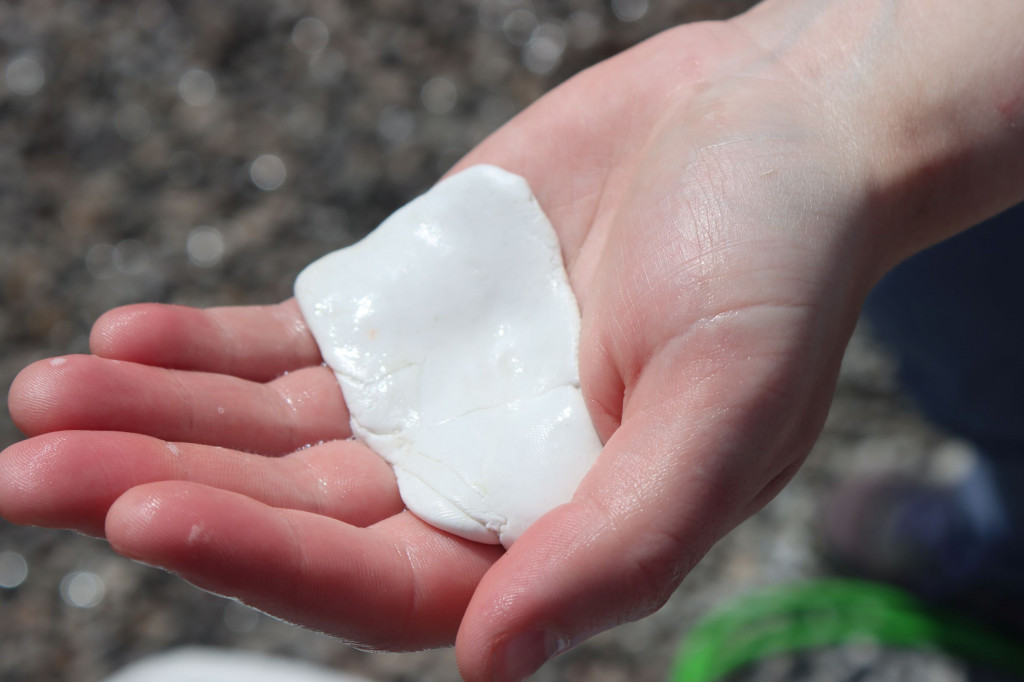

Use Wire Wool
If your car’s exhaust tips still look rusty and dirty, then you can use wire wool to remove the rest of the contamination. You can use the wire wool with car shampoo and water to lubricate the surface and minimise the scratches that can be incurred.
Starting with 0000 grade wire wool is a good option because it’s fairly mild and won’t scratch up the tips too much.
Be patient and keep scrubbing away until you’re left with a silver surface. Don’t worry if it looks quite dull, this can be corrected with the next stage.

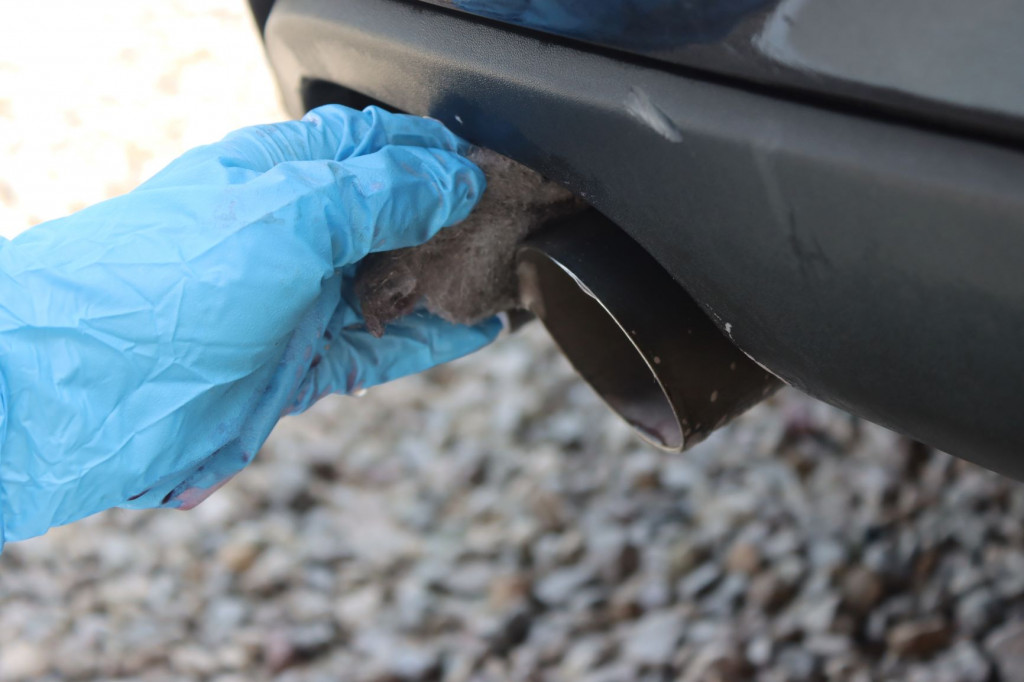
Polish the Metal
Once you’re left with a clean silver surface, you can start to polish the metal to refine it back to a shiny finish. I personally use T-Cut metal polish which brings back the shine to chrome and stainless steel quite nicely.
I simply apply this generously using a microfiber towel. Then I’ll rub it into the surface using the wire wool.
I’ll then repeat this step again but using a microfiber towel to rub it in. I prefer to use microfiber rather than a terry cloth because it’s less likely to cause more scratches. You’ll find it’s easier to get the shine back using microfiber.
You may need to repeat this process a few times before you’re happy with the finish.
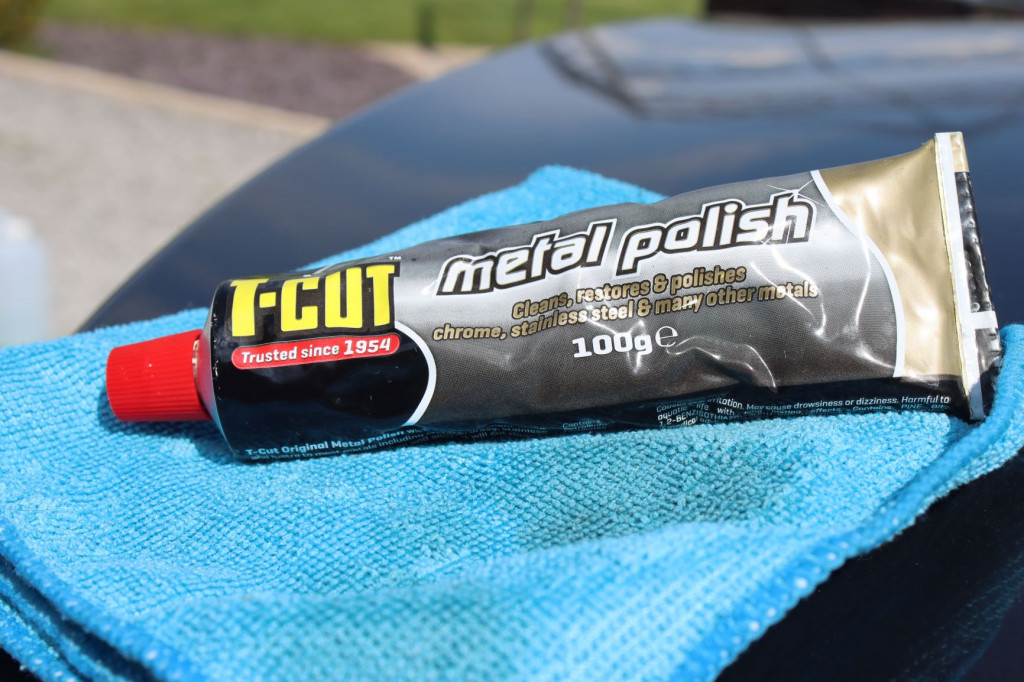
Protect the Exhaust Tips
Restoring exhaust tips back to a silver shine can be pretty hard work, so to avoid having to do this in the future, you can protect them.
You can either do this using a sealant or ceramic coating that is safe for use on metal surfaces. For example, Garage Therapy Hades.
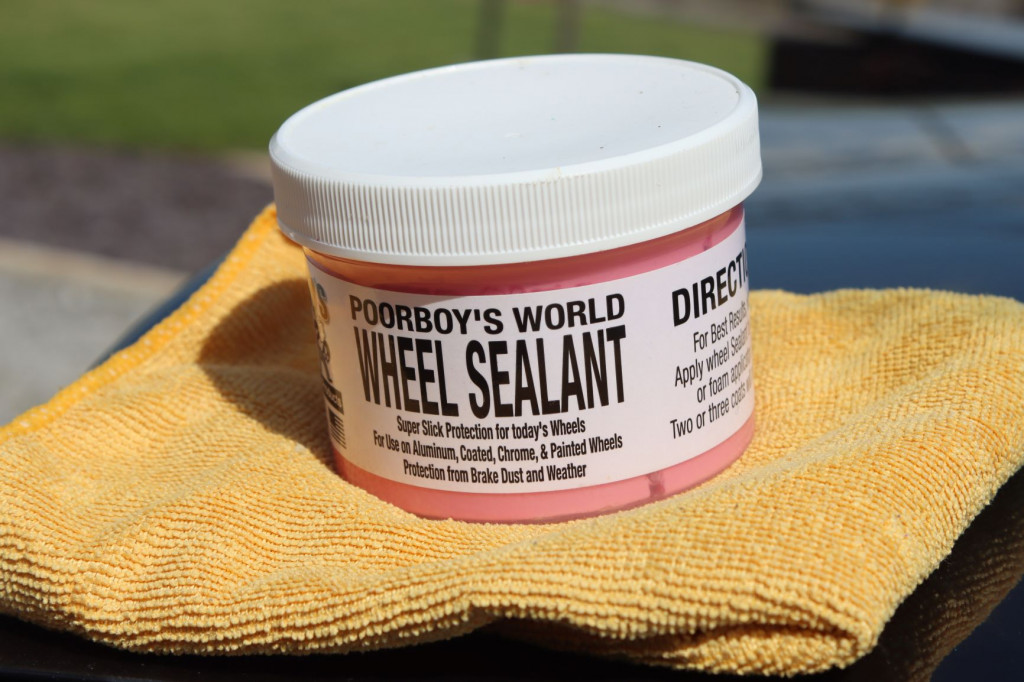
Clean the Exhaust Tips Routinely
To avoid having to repeat the process of restoring your exhaust tips fully, you can simply clean and maintain them routinely to avoid them ever getting to that rusty state again.
Personally, I clean my car’s exhaust tips every time I wash the car (weekly) to avoid them ever looking dull or rusty. I simply use a microfiber wash mitt, the same one I use on my alloys, to give them a quick wipe down with car shampoo. It’s that simple.
Occasionally, I use a clay bar and tar remover, but this is usually only a couple of times per year.
If you keep up with this level of maintenance, you’ll never have to restore your car’s exhaust tips. And it really does only take a few minutes every week or so.
Thanks for reading! I hope you’ve found this article helpful. Don’t forget to check out the rest of the blog to learn more about making your car look it’s best.

